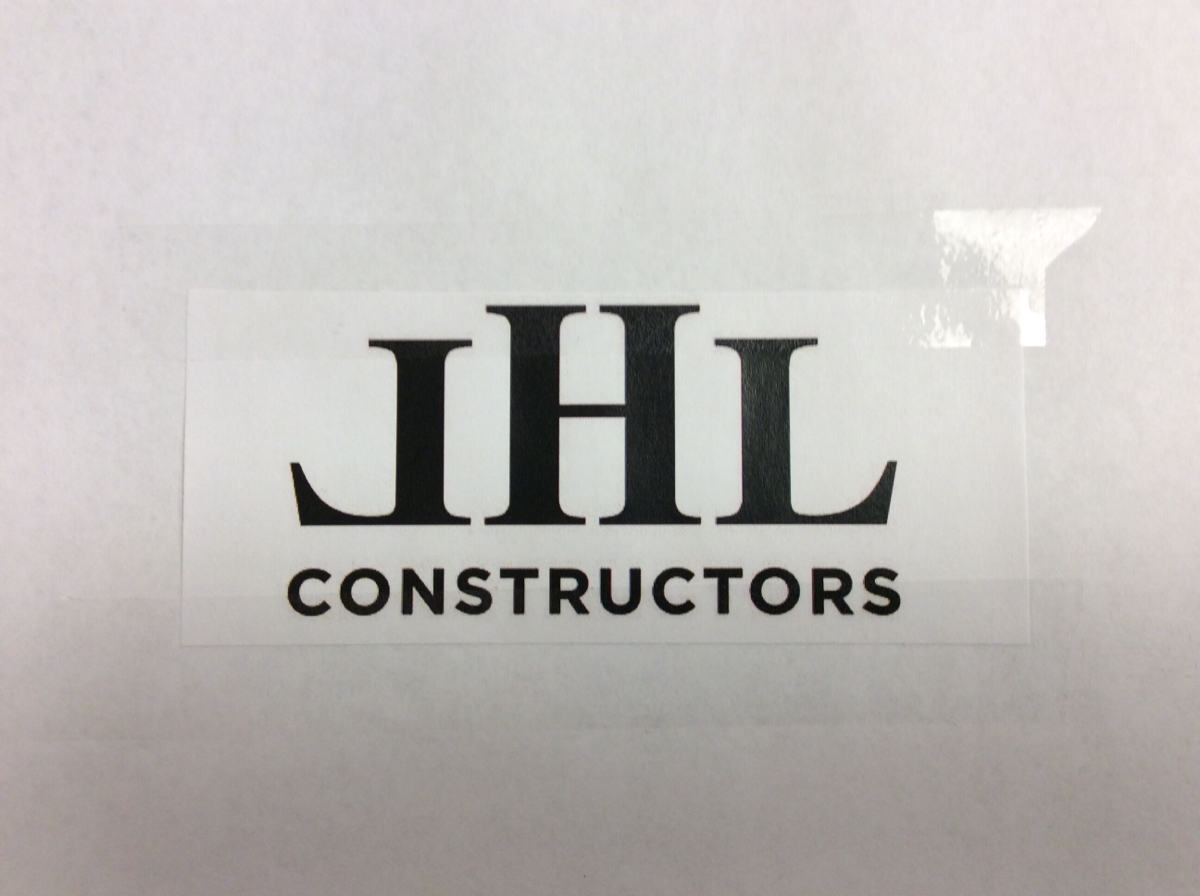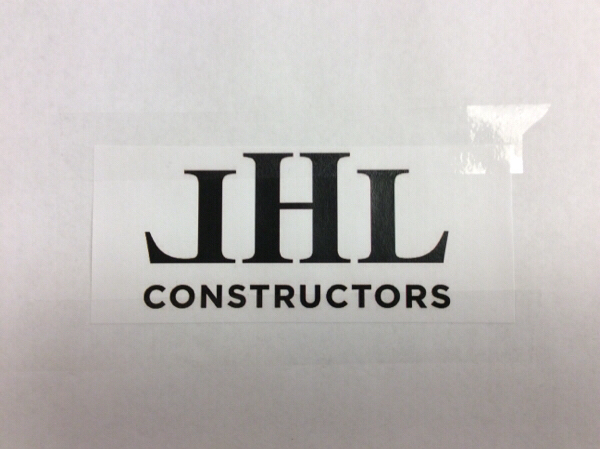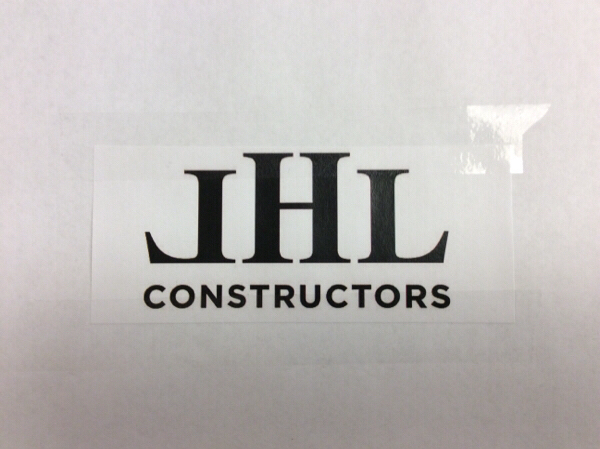Information
-
Metro Wastewater Par 1235 Job #1821
-
Metro Wastewater
-
Conducted on
-
Prepared by Superintendent?
-
Location: 5950 York Street Denver Co. 80229
-
Personnel
GENERAL WORK ENVIRONMENT
1. GENERAL WORK ENVIRONMENT
-
Are you doing GENERAL WORK ENVIRONMENT ?
-
1.1. Are all work areas clean and orderly? Trash being removed daily?
-
1.2. Are work surfaces kept dry and means taken to assure the surfaces are slip resistant?
-
1.3. Are aisles, walkways, doors ways, and exit routes kept clear and unobstructed?
-
1.4. Is all required exit signage in place?
-
1.5. Are the toilets and washing facilities provided, kept clean and safe?
-
1.6. Are work areas adequately lighted?
-
1.7. Are SDS on-site and currant in an area that is accessible to all employees?
-
1.8. Are measures in place to protect the public from exposure to work activities and equipment?
-
1.9. Are required postings readily available to all employees in the work place?
-
1.20. Are monthly and weekly " tool box " safety meeting held and documented with sign up sheets?
-
1.21. Was a SWMP audit done? BMPs are adequate and are in place?
-
1.22. Is material piled , stacked or racked in a manner to prevent it from tipping, falling, collapsing, or spreading?
-
COMMENTS:
-
Photo
PERSONAL PROTECTIVE EQUIPMENT
2. PERSONAL PROTECTIVE EQUIPMENT
-
Are you doing PERSONAL PROTECTIVE EQUIPMENT ?
-
2.1. Where personal may be exposed to vehicle traffic, are high visibility vests and traffic cones provided and used properly?
-
2.2. Are safety glasses worn at all times in areas where there is any danger of flying or corrosive materials?
-
2.3. Is appropriate foot protection worn?
-
2.4. Is waterproof clothing available to employees required to work in adverse weather conditions?
-
2.5. Are flaggers wearing appropriate orange hard hats and class II vest?
-
2.6. Are flaggers properly trained?
-
2.7. Is hearing protection provided in ares that expose employees to load noises?
-
2.8. Are dust masks available to employees who need them? EMPLOYEES MUST SIGN SUB-PART D OF THE RESPIRATORY REGULATIONS. 1910.134
-
COMMENTS:
-
Photo
FIRST AID AND EMERGENCY EQUIPMENT
3. FIRST AID AND EMERGENCY EQUIPMENT
-
Are you doing FIRST AID AND EMERGENCY EQUIPMENT?
-
3.1. Are emergency telephone numbers posted on the job site?
-
3.2. Is there at least one person on-site trained in first aid and CPR?
-
3.3. Are maps of your local hospitals/clinics posted?
-
3.4. Are first aid kits accessible, inspected and stocked at least monthly?
-
3.5. Is the blood borne pathogens kit inspected and stocked at least monthly?
-
3.6. Are there at least 2 exits provided with required signage to evacuate in case of an emergency?
-
3.7. Are there any exit doors that open into streets or other high traffic areas? Are adequate warnings provided to alert employees of the hazard?
-
3.8. Are all site employees trained for evacuation and know the location too (MUSTER )
-
3.9. Have you contacted your local fire department and set up a plan of action in case of an emergency?
-
COMMENTS:
-
Photo
FIRE PROTECTION AND PREVENTION
4. FIRE PROTECTION AND PREVENTION
-
Are you doing FIRE PROTECTION AND PREVENTION?
-
4.1. Is there at least one fire extinguisher for every 3000 sq ft of work area?
-
4.2. Are fire extinguishers clearly visible and unobstructed at all times?
-
4.3. Are fire extinguishers inspected monthly for proper tags, pins, hoses not cracked or plugged, fully charged and tags up to date?
-
4.4. Are fuel gas cylinders and oxygen cylinders, separated by 20 feet or have fire resistant barriers while in storage?
-
COMMENTS:
-
Photo
FALL PROTECTION
5. FALL PROTECTION
-
Are you doing FALL PROTECTION?
-
5.1. Are holes and other openings guarded by a grate, cover, guardrail or equivalent on all sides ( except at entrance to stairways or ladders?
-
5.2. Are there stair rails or handrails on all stairways having four or more steps? (19 inches )
-
5.3. Are railings provided on ramps?
-
5.4. Do all elevated surfaces have guardrails at least 42 inches high with center and toe boards in place as required?
-
5.5. Are all elevated surfaces equipped with a safe means of access?
-
5.6. Are all fall protection harnesses and lanyards used by every employee working 6 feet or higher above the ground or on steeply pitched roofs 6/12 or greater?
-
5.7. Are fall protection harness and lanyards a minimum 1/2 inch nylon or equivalent, and short enough to prevent employees from falling. More than 6 feet?
-
5.8. Are lifelines ( lanyards ) secured above the point of operation to an anchor point that will withstand 5,000 pounds of force for each worker?
-
5.9. Are harnesses and lanyards, other fall protection equipment inspected prior to use every time?
-
5.10. Where a job site has protruding steel rebar below the work level, are the steel rebar or other impalement hazards ( from stakes, conduits, etc ) protected by covers to prevent impaled injuries?
-
COMMENTS:
-
Photot
PORTABLE LADDERS
6. PORTABLE LADDERS
-
Are you doing PORTABLE LADDERS?
-
6.1. Are all ladders maintained in good condition and inspected before each use, broken/defective ladders must be taken out of service immediately?
-
6.2. Are ladders being used for their designed purpose o only? ( stepladders/extension )
-
6.3. Are ladders being used beyond their maximum intended load?
-
6.4. Are ladder rungs/steps, slip-resistant and free of dirt, grease, oil, snow, etc?
-
6.5. Are employees facing the ladder when climbing up and down?
-
6.6. Are employees standing below the top 2 steps when using stepladders?
-
6.7. When ladders are used to gain access to elevated platforms, does the ladder always extend at least 3 feet above the elevated surface, and properly secured? " where possible, tie off at top and cleat at the base "
-
6.8. Are ladders placed on dry, stable footing and properly secured?
-
COMMENTS:
-
Photo
MATERIALS-HANDLING,STORAGE, USE AND DISPOSAL
7. MATERIALS-HANDLING, STORAGE, USE AND DISPOSAL
-
Are you doing MATERIALS-HANDLING, STORAGE, USE AND DISPOSAL?
-
7.1. Are compressed gas cylinders ( propane etc ) secured and stored properly, and blocked from potential traffic or vehicle hazards? ( utilize jersey barriers)
-
7.2. Are concrete batch/plants/mixing facilities properly inspected for electrical and other potential hazards and damage?
-
7.3. Are all liquid materials by other trades ( paints, solvents, and cleaners ) stored and used pre manufacturers requirements?
-
7.4. Are all liquid materials by other trades ( paints, solvents, and cleaners ) removed from site by supplying contractor at project completion?
-
COMMENTS:
-
Photo
SCAFFOLDING/LADDERS
8. SCAFFOLDING / LADDERS
-
Are you doing SCAFFOLDING /LADDERS?
-
8.1. Are scaffoldings set up on level, stable ground with dry footings? ( mud sills ) " are all screw jack base plates to mud sill properly secured?
-
8.2. Has the scaffold been assembled inspected by a competent person?
-
8.3. Was the scaffold inspected prior to use and scaffold tag properly fill out by the competent person?
-
8.4. Do all scaffolds higher than 4 feet have guardrails and mid rails halfway between the top and platform?
-
8.5. Are scaffolds in good working condition with no damage, or missing parts?
-
8.6. Do all planks on scaffolds fit tightly with no open spaces between boards?
-
8.7. Where planks are overlapped are they lapped over the supports?
-
8.8. Do all scaffold planks extend 6-18 inches beyond the ends of the scaffold frame?
-
8.9. Are all ladders or stairs used to access scaffolds either tied or welded to the scaffolds for safe access? Are ladders positioned to provide direct access?
-
8.10. Are materials being stockpiled on scaffolds? Are all materials being removed from scaffolds at the end of day?
-
8.11. Are open sides of scaffolds less then 14 inches from the face of the work?
-
8.12. Are platforms of 10 feet or less extended over their end supports no more than 12 inches?
-
8.13. Are guardrails in place at the open ends of scaffold?
-
8.14. Has the movement of occupied scaffold been prohibited ( unless designed by a registered professional engineer )?
-
8.15. Have toe boards been installed to prevent falling objects?
-
8.16. Is X bracing installed and located as required by scaffolding manufacturer recommendations?
-
8.17. Are all pins installed where required and locked?
-
8.18. Are casters locked during use?
-
8.19. Are casters pined into the frame or adjustment screws?
-
8.20. Are adjustment screws extended no greater than 18 inches?
-
COMMENTS:
-
Photo
ELECTRICAL
9. ELECTRICAL
-
Are you doing ELECTRICAL?
-
9.1. Are all cord-connected, electrically operated tools and equipment double insulated or effectively grounded?
-
9.2. Are ground-fault circuit interrupters provided on all temporary electrical circuits used and tested regularly during periods of construction?
-
9.3. Are electric rooms/panels secured and have proper signage?
-
9.4. Do all extension cords have 3 prong plugs and all 3 prongs intact? 1226-404(f)(6)
-
9.5. Are all electrical cords inspected and in good working condition ( i.e. No splices, frays, or the ground prong is removed )
-
9.6. Are extension cords a No. 12 or larger and properly marked? 1226-406(f)(6)
-
9.7. Where electrical must cross roads, driveways or walkways, are they protected by solid weather-resistant bridges to prevent damage to the cords?
-
9.8. Are multiple plug adapters ( octopus plugs ) prohibited?
-
9.9. Are electric circuits and equipment shut off, de-energized and locked out before equipment installation , repairs, maintenance or servicing?
-
9.10. Are unused switches, receptacles and junction boxes covered tight fitting covers?
-
9.11. All are temporary electrical panels and receptacles properly installed, covered, and GF I protected and tested continually by electrical contractor?
-
COMMENTS:
-
Photo
ADMINISTRATIVE PROCEDURES
10. ADMINISTRATIVE PROCEDURES
-
Are you doing ADMINISTRATIVE PROCEDURES
-
10.1. Lack of/or inadequate site safety plan?
-
10.2. Failure to obtain permits ( Council, EPA, WHS, also hot works, Confined space etc )?
-
10.3. Lack of, or inadequate, induction for workers, contractors, visitors?
-
10.4. Lack of , or inadequate, supervisory arrangements?
-
10.5. Lack of /or inadequate training, licenses, skills, experience?
-
10.6. Lack of /or inadequate safe work method statements ( SWSM ) for high-risk work?
-
10.7. Lack of/or inadequate system to review SWSM as needed?
-
10.8. Lack of/or inadequate incident notification procedures?
-
10.9. Lack of/or inadequate, routine inspections, monitoring, audits?
-
10.10. Lack of/or inadequate consultative arrangements?
-
Comments:
-
Photo
CORRECTIVE ACTIONS
11. CORRECTIVE ACTIONS
-
COMMENTS FOR CORRECTIVE ACTIONS
-
Date to complete CORRECTIVE ACTIONS.
SIGN OFF
12. SIGN OFF
-
SUPERINTENDENT
-
AUDITORS SIGNATURE
















